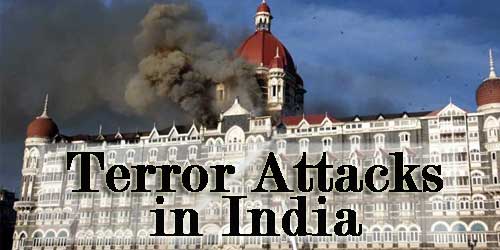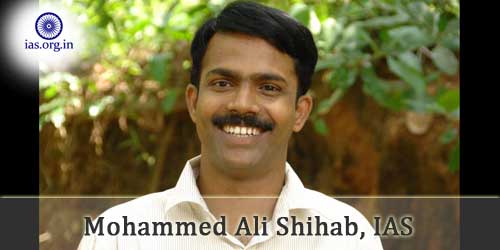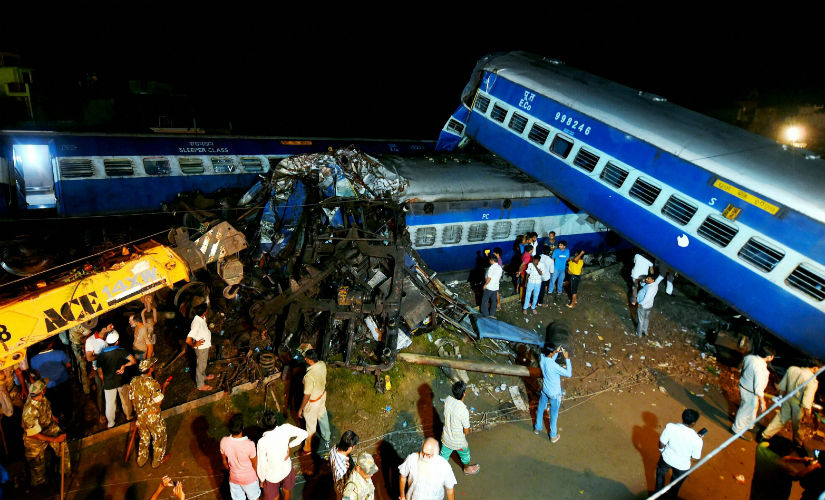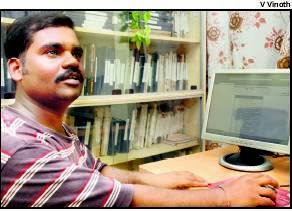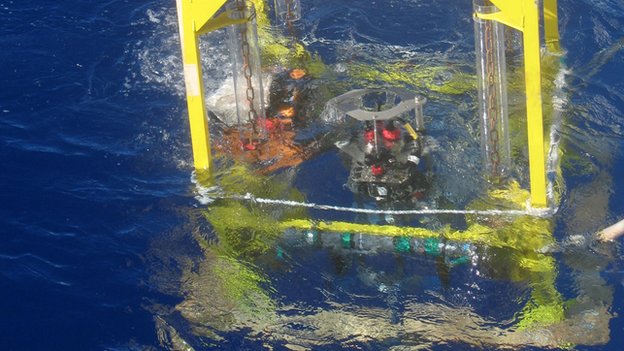Mohammed Ali Shihab has emerged successful in the Civil Services Examination and has secured All India Rank 226th in 2011, going to a reputed campus still remains an unfulfilled experience. The 31-year-old from a remote village in Kerala’s Malappuram district, who grew up in an orphanage, has a story of grit and perseverance to tell.
Must Read: Inspirational Story of Tailor’s Son – Nirish Rajput IAS
Family Background of Mohammed Ali Shihab
Mohammed Ali Shihab was born in Edavannappara near Kondotty, a remote village in Kerala’s Malappuram district. Mohammed Ali Shihab spent his childhood helping his father, Koroth Ali, to sell betel leaves and bamboo baskets in a makeshift pan shop. Primary schooling was almost an optional affair as he used to carry his chronically asthmatic father between their tiny home and ramshackle shop.
Mohammed Ali Shihab was a student of Class V when his father Koroth Ali died. The family made its living from a makeshift paan shop in their village Edavannappara in Malappuram, and Shihab shared a two-room house with four siblings, including a brother and three sisters. His father died when Mohammed Ali Shihab was 11, his impoverished mother sent him away to an orphanage in Kozhikode district the next day in 1991, as his family had no wherewithal to support his education. He was forced to stop studying to take up a peon’s job, and family circumstances forced him to drop out of even Civil Services coaching.
His mother Fathima, a housewife, had no means to feed the children. “As a last option, mother took me and my two younger sisters to a Muslim-managed orphanage in Kozhikode district in 1991”, recalls Shihab. Fathima’s only comfort was that her children were good at studies. Shihab’s elder brother Abdul Gafoor is an Ayurveda doctor. And all his sisters had teacher training.
Becoming a teacher in an orphanage primary school was Mohammed Ali Shihab dream. His parents were illiterate and poor but they had high ambitions about their three daughters and two sons.
Also Read: MLA’s Son Dr. Vivek Kumar Cracks UPSC Exam, 2016
Educational Background
Thirty-one year old Mohammed Ali Shihab who passed UPSC’s civil services examination for IAS in 2011 has not so far attended any formal school for his education. Hence when he joined Lal Bahadur Shastri Academy at Mussoorie in August which trains future IAS officers in the art of governance, etiquettes, table manners, culture, history of India,was his first formal schooling in life.
While in the orphanage Mohammed Ali Shihab completed his elementary education and graduated in history through distance education from Calicut University of Kerala. As a child his ambition was to become a primary school teacher because this was the most that he could hope for and could not think of any thing higher in view of his family circumstances. Hence after graduation, Mohammed Ali Shihab worked as a peon in Kerala Water Authority and subsequently as a clerk in a Gram Panchayat. Thereafter he became a teacher in a primary school in Mallapuram which brought him respectability and fulfilment of his childhood ambition.
Don’t Miss: Security Guard’s Son Kuldeep Dwivedi Clears UPSC Exam
Discipline
During his orphanage days, Mohammed Ali Shihab was inspired by some of his teachers who cared for him. The discipline maintained by the orphanage authorities had its influence in his life. It taught him what systematic life is.
Mohammed Ali Shihab passed SSLC with good marks, and joined a pre-degree course at Mohammed Abdurahman Memorial Orphanage College, Manassery. He stopped pre-degree half-way and joined a teacher-training course. The orphanage authorities readmitted him for pre-degree course in the second year, and he did well in the last batch of the course. Despite the limited facilities and lack of privacy, he studied hard. Mohammed Ali Shihab maintained a unique time-table for studies. He used to sleep soon after taking dinner from the orphanage mess around 8 p.m. and wake up around midnight for studies.
“I used to read in scant light under the cover of bedsheet and pillows in order not to disturb my friends sleeping in the neighbouring beds of the dormitory. In fact, I was violating the orphanage rules,” Mohammed Ali Shihab said.
Must Read: Ansar Shaikh – Autodriver’s son who Cracked UPSC 2015
Mohammed Ali Shihab joined the Civil Services Institute at Pala for coaching in Malayalam. “I realised that I had a flair for Malayalam writing. I decided to write the mains in Malayalam, though it was a bit late,” he said. However, Mohammed Ali Shihab spent 10 years in a Muslim orphanage, and wrote his Mains in Malayalam and appeared for the interview with the help of a translator for want of proficiency in English.
An ardent fan of The Hindu, Mohammed Ali Shihab never got the paper at home. He always depended on reading rooms and libraries for the paper. He believes that the future belongs to the children of rural areas.
Also Read: Success Story of K Nandakumar IAS – A Lorry Driver’s Son
Attempts
It was the 31-year-old’s Mohammed Ali Shihab third attempt, and he ranked 226th on the list.
Mohammed Ali Shihab said he has cleared 21 exams conducted by various government agencies so far. “I appeared for posts of forester, jail warden and railway ticket examiner… The civil service crept into my dreams only at the age of 25. When I revealed my intention to try my luck at the UPSC exam, the orphanage supported me every way,” says Mohammed Ali Shihab.
One by one, he started writing PSC exams. Mohammed Ali Shihab passed all the 21 PSC tests he took. In the meantime, he tried his hand at many jobs. Mohammed Ali Shihab worked as an unskilled labourer for different organisations, pump operator for Kerala Water Authority, helper in a hotel, clerk in a panchayat office, and assistant in a government school. Mohammed Ali Shihab got B.A. degree in history by writing the exams privately.
Must Read: Govind Jaiswal, IAS – The Rickshawallah’s Son
Aspiration
It was his brother who took his mind to the Civil Services. “I wanted to achieve something high to inspire my thousands of friends in orphanages,” Mohammed Ali Shihab said. Although luck was on his side, Shihab’s life was not smooth at all.
Mohammed Ali Shihab got married to Aysha Femina in 2006, and his daughter Liya Nawal was born two years later with Erb’s palsy (paralysis of the arm). During his studies and exams, he used to shuttle between hospitals and home. The child is still undergoing physiotherapy. “She has recovered 90 per cent. I am hopeful,” he said.
Mohammed Ali Shihab was selected by New Delhi-based Zakat Foundation for free Civil Services coaching in 2009. That was the only time Zakat Foundation came to Kerala and took 12 students for coaching after conducting a screening test at P.S.M.O. College, Tirurangadi. “But for that coaching, I would not have made it to the Civil Services,” Shihab said.
Mohammed Ali Shihab got coaching in History and Geography in New Delhi. But the chilling cold of Delhi made him sick and so he returned home. Mohammed Ali Shihab studied intensively for three months, getting out of his home only for the weekly Juma prayers. Subject pressures forced him to dump Geography, and opt for Malayalam language and Literature as a topic for the Mains Examination.
Message for Aspirants
Mohammed Ali Shihab is hopeful of making it to the IAS under the Backward Community reservation quota. He advises students to read widely, particularly the news and views columns of newspapers and journals.
“They have great strength. We should explore their potential. And they can certainly make it to the top.”
Don’t Miss: Farah Hussain-2nd Muslim to Clear UPSC Exam from Rajasthan


